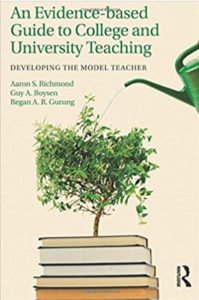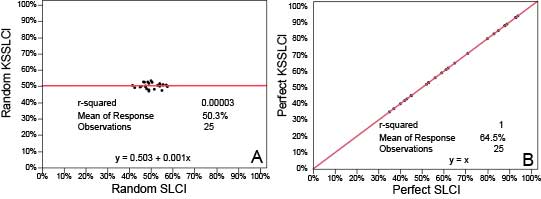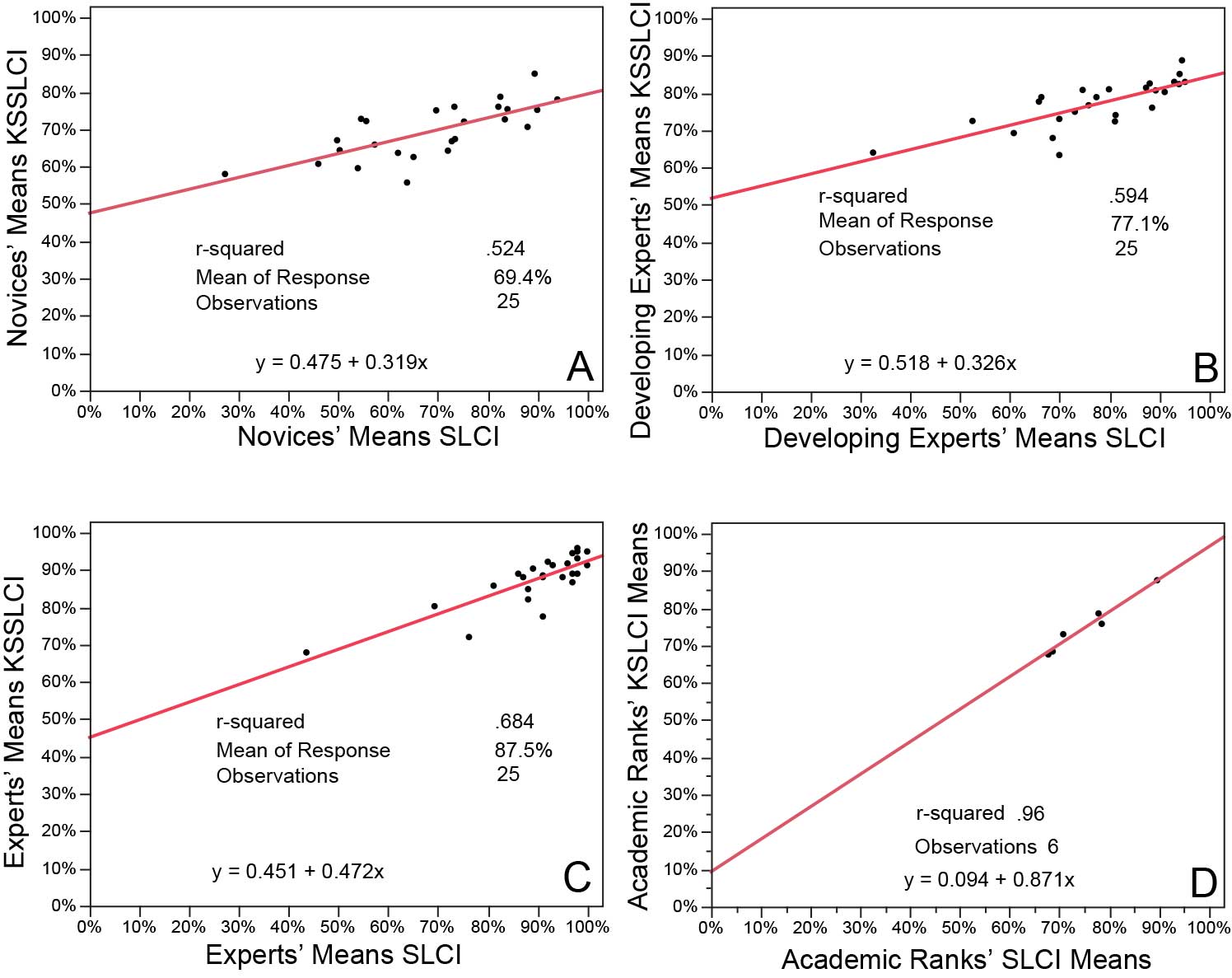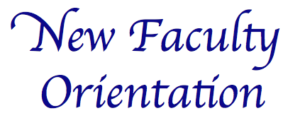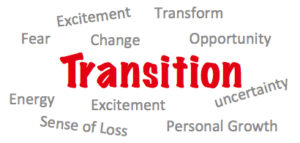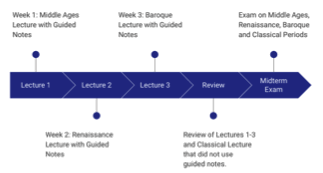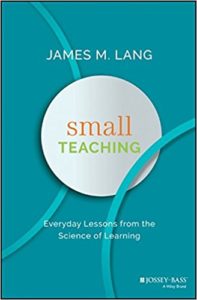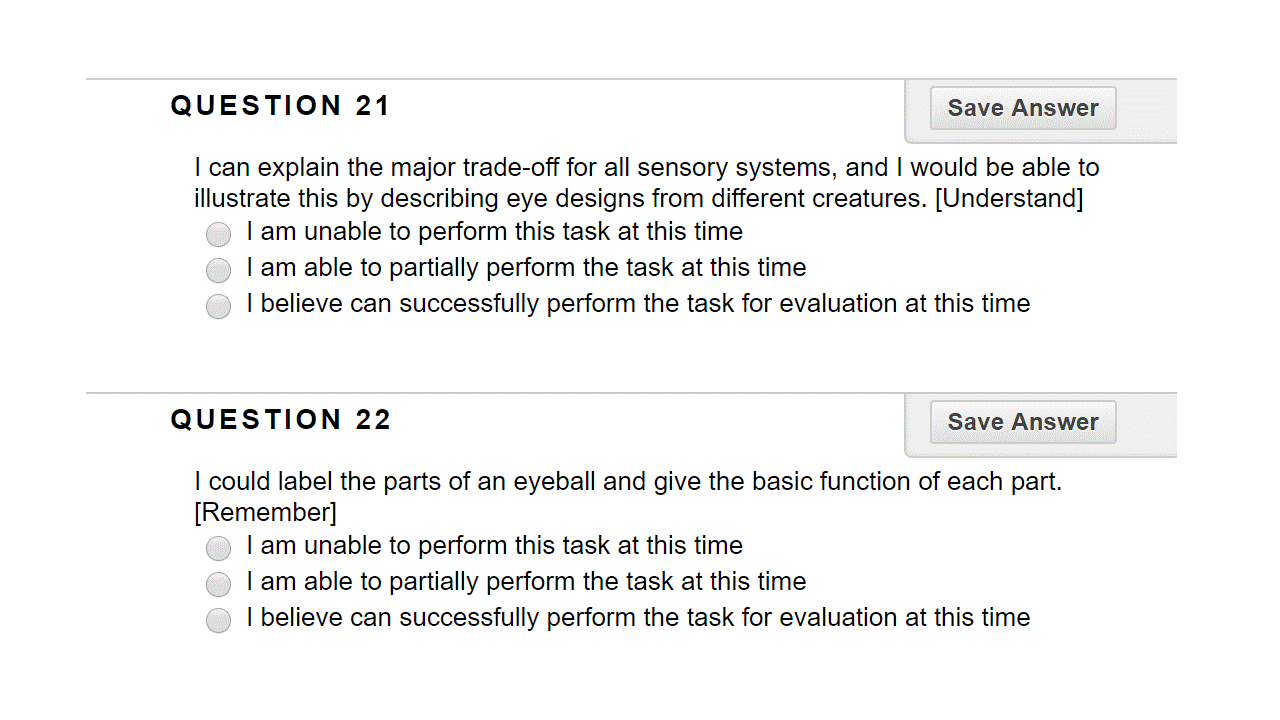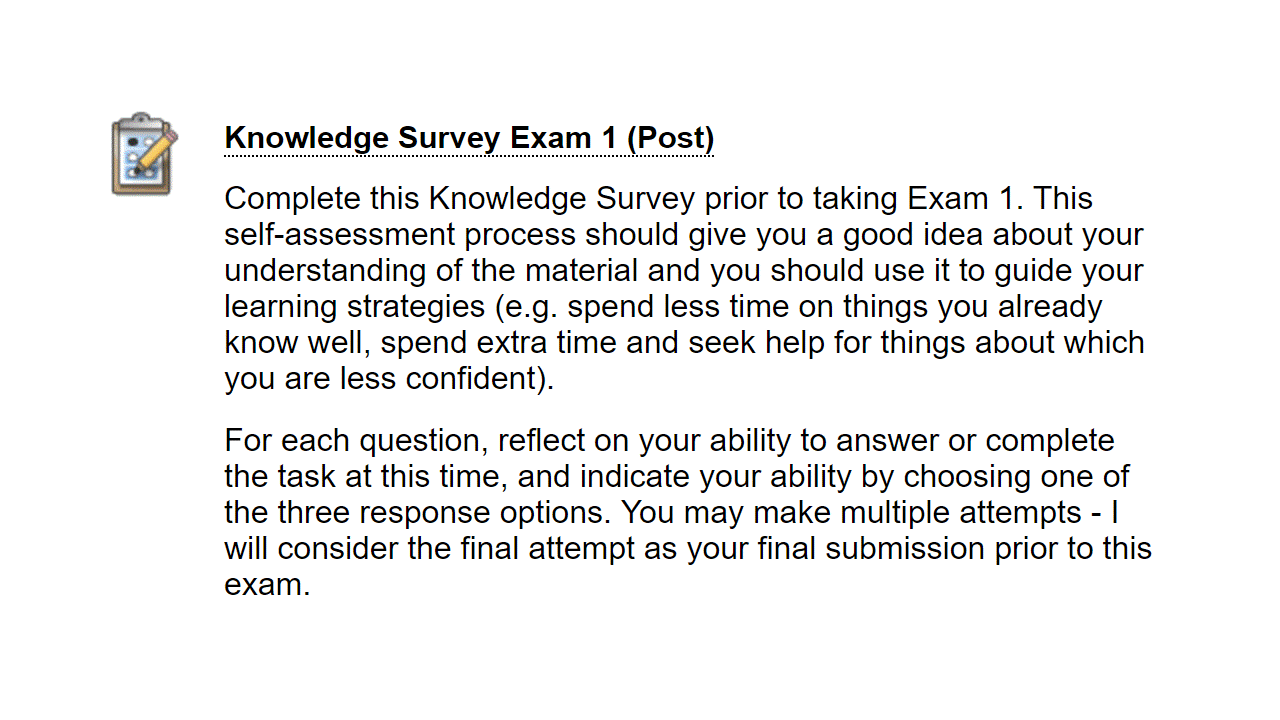by Jennifer McCabe & Justine Chasmar, Goucher College
Goucher College, a small private liberal arts college in Baltimore, Maryland, has in recent years focused curricular and co-curricular endeavors around metacognitive principles. Shortly after the appointment of Dr. Jose Antonio Bowen as Goucher’s President in 2014, he introduced a framework for all campus endeavors called the “New 3Rs”: Relationships, Resilience, Reflection. President Bowen charged all stakeholders at the college to enhance and highlight elements of the Goucher experience that already held these values; and to intentionally continue to build a community guided by the 3Rs on multiple interacting levels.
For this first blog about how Goucher College has framed the student experience around improving metacognition, we will focus on the 3rd “R”, Reflection, and discuss how this guiding metacognitive principle is embedded in our new curriculum and drove the creation of a new student and faculty support centers on campus.
Reflection is at the core of the Goucher Commons Curriculum, introduced in 2017 (https://www.goucher.edu/learn/curriculum/). Across the curriculum, and scaffolded over years spent at Goucher, students intentionally reflect in various ways, many of which would ideally lead to metacognitive development. In required first-year seminar courses, students are supported in considering their own place and privilege in society, and how this shapes their thought processes and views on the world. The newly developed “Center-Pair Explorations” courses form the breadth of general education study across non-major disciplines; in these courses, students are encouraged to reflect on how disciplinary and interdisciplinary methodologies lead to scholarly innovation. Indeed, the mission of these (and other) courses is for students to develop the skill of collaborating on complex problems with others who are different from them (https://www.goucher.edu/learn/curriculum/student-learning-goals-and-outcomes/college-learning-goals); this inherently reflects elements of metacognition, with regard to identifying environments and strategies for successful goal-attainment, along with awareness of situations when additional information and/or a change in strategy is needed.
Reflection is a key embedded component in the required Study Abroad experience at Goucher as well – students are explicitly asked to frame their experience from multiple perspectives, to integrate it with their own knowledge and identity, and to think about what they are learning before, during, and after their time abroad. And, as a culminating experience at Goucher, seniors complete a Capstone project either through our Leadership Capstone program or through their disciplinary major. The key questions for the Leadership Capstone are: Who are you now? and Who were you four years ago? Students are asked to articulate this journey of change in an oral presentation. For example, a psychology major may discuss how the combination of coursework, internship experiences, faculty mentorship, and on-campus co-curricular activities shaped her academic and personal journey, and has led to a path forward from Goucher. The specifics of Disciplinary Capstone experiences vary by major (e.g., research project, critical literature review, performance piece, community intervention), but inherently the Capstone requirement involves reflective, integrative, and critical thinking. The processes involved in such advanced academic work are equally cognitive and metacognitive in nature.
Ultimately, we want Goucher students to show metacognitive sophistication in understanding their own learning and thinking. Through the use of newly implemented e-portfolios, which are begun and supported with explicit instruction in first-year courses, along the way students will be able to look back at various steps in their learning experiences to reflect on improvements and growth areas. And we hope that by recently changing the name and framing of our end-of-semester student surveys from the more traditional “Course Evaluations” to the metacognitively-focused “Student Reflections,” we are more explicitly encouraging students to think about their learning experiences from multiple perspectives. Instead of focusing on strengths and weaknesses of the course and instructor, the framing starts with the student perspective: what they brought to the course, what they thought they were supposed to learn, how well they think they learned it, and ways in which the course and instructor supported their learning.
In addition to the ways in which Goucher has embedded metacognitive principles into the curriculum and academic practices, structural change has also occurred through the creation of new centers for faculty and student support. Several years ago, the Provost and select faculty planned for two new campus centers – the Center for the Advancement of Scholarship and Teaching (CAST) and the Quantitative Reasoning Center (QR Center). In the external search for directors, both position advertisements emphasized the desire for candidates who understood not only the pertinent content area (e.g., math and data skills for the QR Center) but also a nuanced understanding of growth mindset and metacognitive principles important to student (and faculty) success.
CAST opened its doors in January 2017, to support faculty in teaching and research endeavors. This center, led by Dr. Robin Cresiski, sponsors a variety of workshops, including those that help faculty develop the Center-Pair Exploration courses discussed above. In addition, CAST holds informational and interactive sessions to help faculty understand evidence-based practices for student learning, as well as how to support students in developing metacognitive skills – in particular, the essential lifelong skill of learning how to learn. For example, the popular Transparent Assignment Workshops invite instructors to bring existing assignment instructions, and then use peer feedback to improve with regard to clarity of purpose, directions, and learning measurements. In this way, CAST is helping the educators at Goucher develop more sophisticated metacognition about how to translate their own knowledge into effective and inclusive learning opportunities for students, built on understanding the conditions under which students (humans) learn best.
The QR Center debuted as a student-facing center in August 2017, with Dr. Justine Chasmar (co-author of this blog) as inaugural director. The QR Center supports students with their quantitative skill and content development across all disciplines at Goucher, with a focus on promoting quantitative literacy (www.goucher.edu/qrcenter). To foster these skills, the QR Center offers programming including tutoring, workshops, and academic consultations, using peers (called Q-tutors) as the primary medium of support. Q-tutors complete a training course that combines scaffolded reflection and practical exercises. A major focus of Q-tutoring is on fostering independence through the use of self-regulated learning and study strategies. Q-tutors are trained to teach and model study strategies such as self-testing and metacognitive monitoring, and to support student reflection through “checking for understanding” activities in each tutoring session. Metacognitive reflection is a guiding principle for tutor training and all student programming at the QR Center. A second blog in this series will focus on specifics of Q-tutor training at Goucher (Metacognition at Goucher II: Training for Q-Tutors).
Taken together, these programmatic and structural campus initiatives help to form multiple levels of interacting metacognitive support for our community of learners. Indeed, President Bowen often states the goal that Goucher helps students become “voracious self-regulated learners” (https://blogs.goucher.edu/intheloop/9210/goucher-lauded-by-doe-for-helping-all-students-find-success/). By naming Reflection as one of the “New 3Rs,” metacognition has become an embedded part of campus life with the potential to benefit all constituencies.
Recommended Reading
Bowen, J. A. (2012). Teaching naked: How moving technology out of your college classroom will improve student learning. San Francisco: Jossey-Bass.
Bowen, J. A., & Watson, C. E. (2017). Teaching naked techniques: A practical guide to designing better classes. San Francisco: Jossey-Bass.
Bowen, J. A. (2020). A new 3Rs: Using behavioral science to prepare students for a new learning economy. Baltimore, Maryland: Johns Hopkins University Press.





